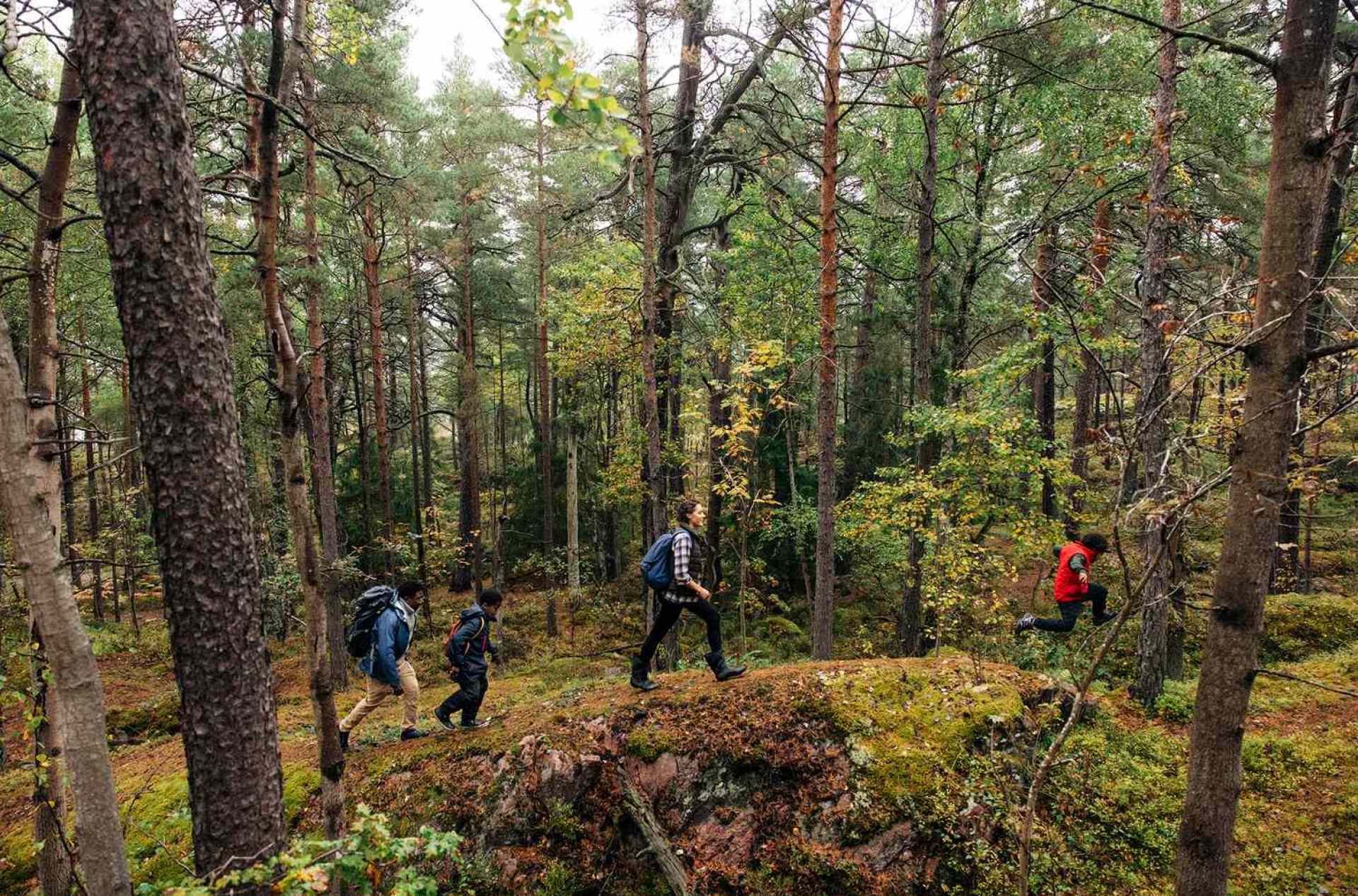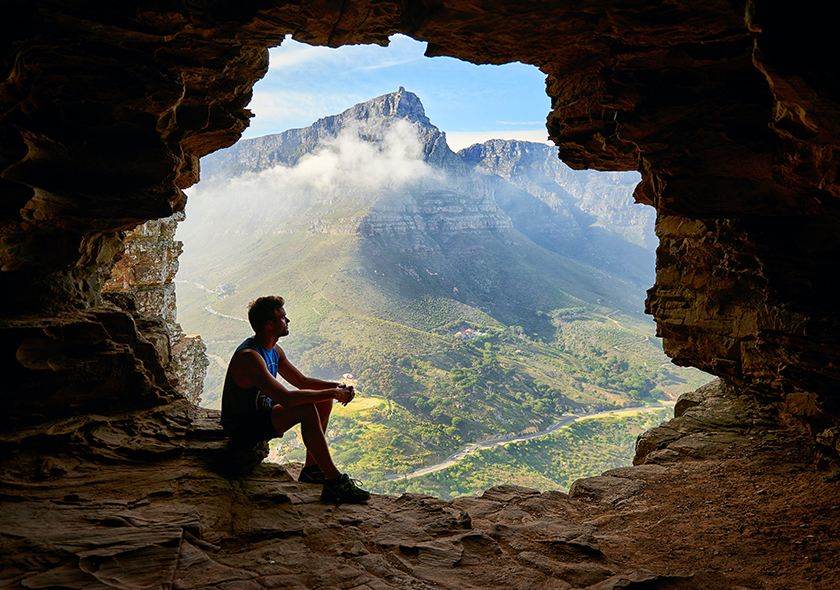I’ve Hiked Hundreds of Trails—and This Is My No. 1 Safety Tip

I’ve Hiked Hundreds of Trails—and This Is My No. 1 Safety Tip
:max_bytes(150000):strip_icc():format(jpeg)/TAL-family-hiking-HIKINGSAFELY0725-974308fe22954e8bb78ed27515d5ec07.jpg)
Writer Michael Cappetta is an avid hiker and shares his top tip for those embarking on a hike. It’s a simple tip that is often overlooked.
Exploring the great outdoors can provide peace, tranquility, and a solid workout. It’s one of the many reasons why I love to hike and hit the trails whenever I can. With hundreds of hikes under my belt, the one tip I’m always sharing is to be prepared for dehydration.
The often overlooked and important safety lesson could be the difference between a pleasant daytime hike and injury, accidents, or even worse, death. With this summer bringing record-setting heat, dehydration and heat-related illnesses are serious threats that hiking enthusiasts must be prepared for.
Proper hydration while on the trails is critical for the safety and well-being of anyone who engages in hiking, especially during the summer months. Even if you think you are hydrating enough, it may be worth trying to maintain a higher amount of water and fluid intake.
“Hiking can drain your energy quickly,” the National Park Service advises in its Hike Smart guidance. “Dehydration and heat exhaustion may sneak up on you while you are hiking on the trails.”
From hiking Horseshoe Bend in Page, Arizona, to the Adirondacks of New York, I’ve personally witnessed travelers in discomfort or suffering an injury due to heat exhaustion. When appropriate, I’ve reached out and offered water, electrolytes, or encourage the dispatch of medical professionals.
Lack of hydration and heat exposure have caused dozens of accidents, in part due to a lack of understanding for just how much water or liquids are actually needed. For example, a group of 12 teenagers was rescued within Zion National Park in May 2025 after suffering heat exhaustion, according to the St. George News. The group reportedly embarked on a multi-mile hike with an inadequate amount of water which triggered the rescue operation.
In another case, an experienced hiker became disoriented from heat exhaustion and dehydration in Death Valley National Park in 2024. The hiker subsequently fell down a hill after being affected by the heat exhaustion. Upon regaining consciousness, the hiker called for the National Park Service to provide a rescue, according to a NPS alert.
Experts recommend consuming at least a quart of water per hour, and at least a liter of water before even stepping on the trails to enhance proper hydration. However, the guidelines are for moderate hikes in medium temperatures, and extra water should be consumed on more difficult hikes or hotter days. Medical professionals advise that hydrating is just one piece of the puzzle, and that dehydration can have symptoms that are difficult to track until it is too late.
“Staying hydrated while hiking is essential for maintaining thermoregulation, cardiovascular function, and cognitive performance,” Michael Fredericson, a clinical physician at Stanford University and the Stanford Sports Medicine Clinic, told Travel + Leisure.
Most notably, it doesn’t take a significant amount of dehydration to cause a material impact on the human body. Fredericson cited data that just two percent of dehydration can lead to reduced aerobic performance and cardiovascular strain.
In an effort to maintain a healthy level of hydration, Fredericson also encourages those participating in strenuous outdoor activities to consider adding electrolytes and salty snacks to reduce sodium losses.
In addition to hydration, experts at the National Parks Service also recommend providing a “trip plan” to friends and family, in an effort to create awareness of the location of the hike and anticipated return time.




